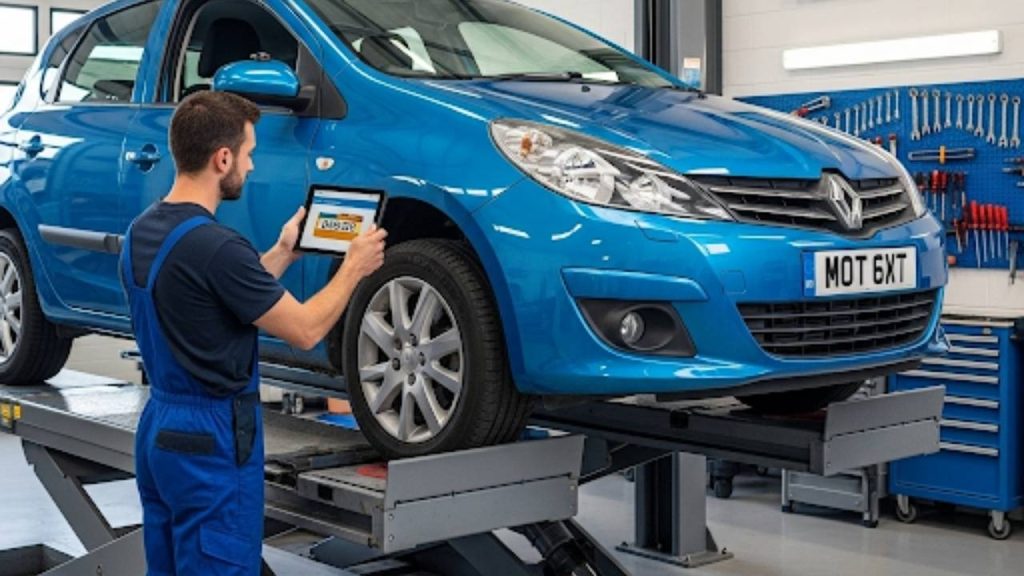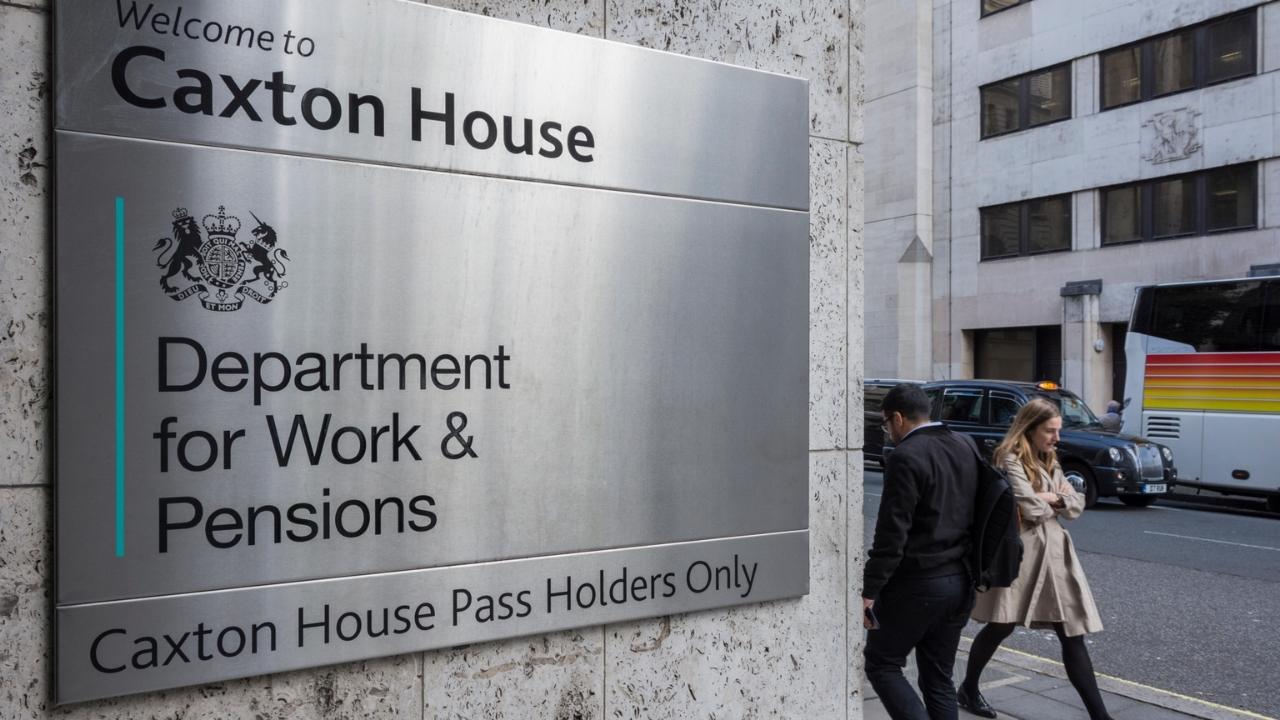LONDON — The United Kingdom’s annual vehicle inspection scheme, known as the Ministry of Transport (MOT) test, is undergoing significant changes effective September 2025. The new UK MOT Rules 2025 introduce stricter anti-fraud measures and updated inspection criteria for modern vehicles. These reforms, spearheaded by the Driver and Vehicle Standards Agency (DVSA), aim to enhance road safety and improve the integrity of the testing process. The updates will affect all drivers, while placing new responsibilities on authorised testing centres.
| Key Fact | Detail/Statistic |
| First Test Interval | Remains at three years for most vehicles. The government did not adopt the proposal to extend this to four years. |
| Primary Change | Mandatory photographic evidence of all vehicles during testing to combat “ghost MOTs.” |
| Focus on Technology | Increased scrutiny of emissions systems, as well as a new emphasis on Advanced Driver Assistance Systems (ADAS). |
Combating Fraud with Photographic Evidence
One of the most significant changes is the implementation of new anti-fraud measures. The DVSA has confirmed a new requirement for all MOT testers to take and submit photographic evidence of vehicles undergoing the test. This initiative is a direct response to the issue of “ghost MOTs,” which are fraudulent certificates issued for vehicles that were never physically inspected.
According to a DVSA blog post, this new protocol is a crucial step in a wider strategy to combat fraud. “Ghost MOTs” are an illegal practice that compromises road safety by allowing unroadworthy vehicles to remain on the road. The new system will require testers to take real-time, dated photographs of the vehicle within the testing bay, which will then be linked directly to its MOT record. This procedure ensures the vehicle was present at an approved testing station during its inspection.

Updated Standards for Modern Vehicles
The updated regulations also address the increasing sophistication of modern vehicle technology. While the core test of brakes, lights, tyres, and suspension remains unchanged, the new rules introduce more detailed checks for features that were previously not a primary focus.
Emissions testing, a key element of the MOT, has been made more rigorous. Stricter standards will apply to both petrol and diesel vehicles. Testing for diesel particulate filters (DPFs) and AdBlue systems will become more comprehensive to ensure compliance with environmental regulations. For electric and hybrid vehicles, new checks on high-voltage components and battery health may be introduced in the coming months, though final details are still under consultation.
Furthermore, there is a new emphasis on checking Advanced Driver Assistance Systems (ADAS). These safety features, which include automated emergency braking, lane-keeping assist, and adaptive cruise control, are now mandatory on many new vehicles. The DVSA has indicated that future inspections will focus on verifying that these systems are functioning correctly, which is vital for road safety.

Impact on Drivers and Garages
The new rules are expected to have a tangible impact on both motorists and the automotive industry. For drivers, the changes underscore the importance of regular vehicle maintenance. Waiting until the annual MOT to identify and fix issues with emission controls or electronic systems could result in a failed test and additional costs. Industry experts advise proactive servicing to ensure vehicles are compliant with the new, stricter standards.
“These changes reflect the evolving landscape of vehicle technology and our commitment to road safety,” said Neil Barlow, Head of MOT Policy at the DVSA. “We are modernising the test to keep pace with innovation while also stamping out fraudulent activity that puts lives at risk.”
For garages, the new photographic requirement is a procedural change designed to increase accountability and transparency. The DVSA has provided guidance and support to testing stations to ensure a smooth transition to the new system.
While some changes, such as extending the first MOT to four years, were proposed but not adopted, the current reforms signal a clear direction. The DVSA’s strategic plan for the coming years focuses on leveraging technology and data to create a more efficient and secure testing environment for everyone on the road.










